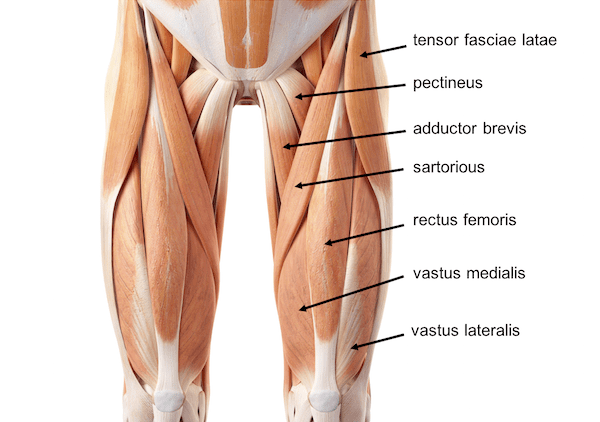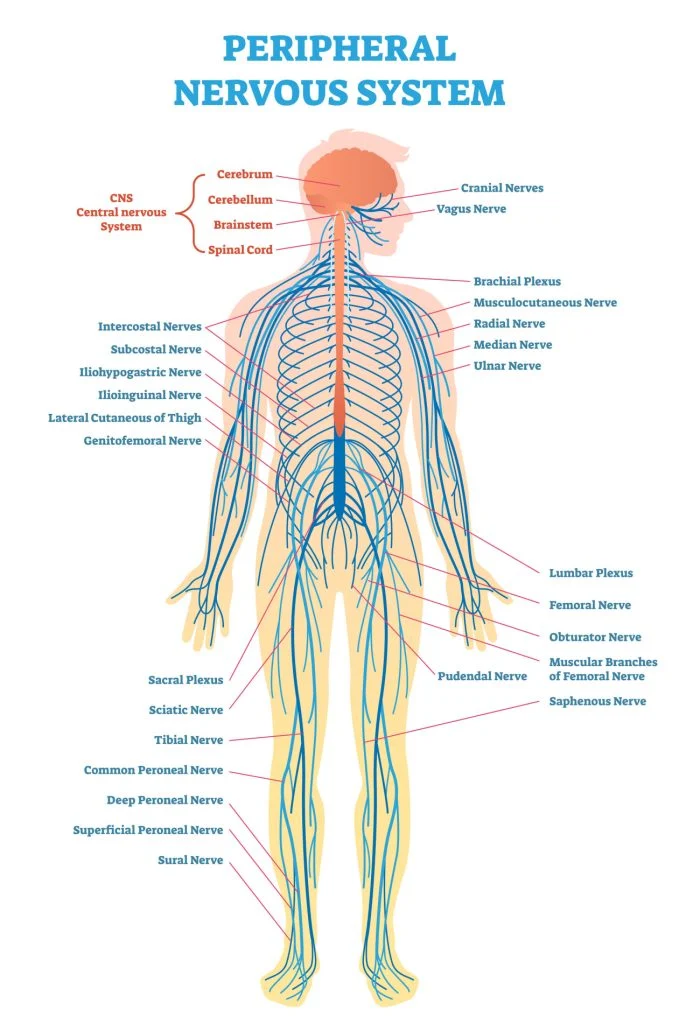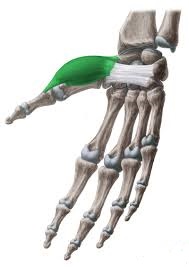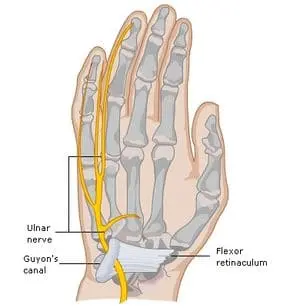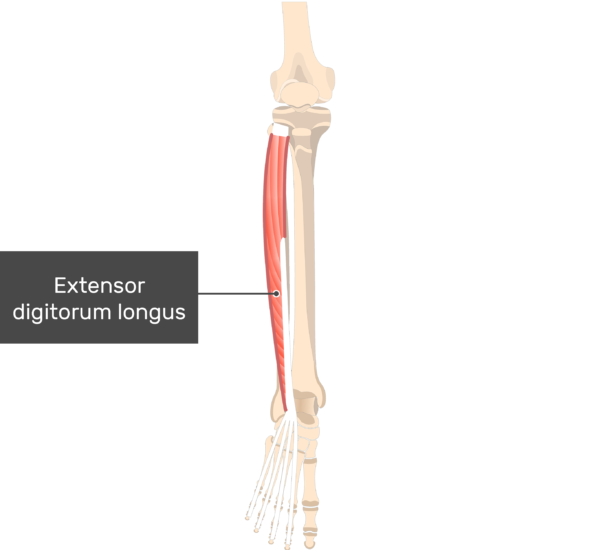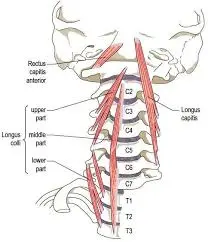Quadriceps Muscle Functions
Quad Muscles
The muscles on the front of your thigh are called quadriceps. They assist you in extending your knee so that you can leap, run, and kick. However, swelling and strains are common injuries to these muscles.
What are quad muscles?
- The muscles at the front of your thigh are known as your quadriceps femoris. They are the largest muscle group in your body when combined. There are other exercises you may do with your quads, such as jogging, leaping, and walking.
- Experts once thought there were four quadriceps muscles. “Quad” is a Latin root that indicates “four or fourth.” However, a fifth muscle in this group was recently found.
- Damage to your quads could include bruises or contusions from strikes to the front of your thigh. Quad strains, often known as “pulled quads,” can happen because these muscles bear a majority of the tension from your hip and knee joints.
- Skeletal muscles make up your quadriceps. Since they are voluntary muscles, you have control over their movements and functions. There are additional involuntary muscles in your body, such as the muscles in your heart. This indicates that they function without requiring your attention.
Quadriceps Muscle Functions
- The quadriceps on the front of your leg are visible and feelable when you sit in a chair and straighten your knee a few times.
- Your quadriceps contract to straighten your leg at the knee joint, which gives you the ability to do a variety of activities like run, walk, jump, climb stairs, and stand up from a seated posture.
- The quadriceps assist in maintaining your kneecap in its natural position in a groove at the end of your thigh bone because they stretch across it.
- Your quadriceps helps to maintain the stability of your knee. However, the only quad muscle that spans the hip joint and helps with hip flexion (upward bending) is the rectus femoris.
- To stabilize your knee joint and regulate the movement of your patella, the vastus medialis oblique is very crucial.
- The patella may rub on the side of the groove if the VMO is weak or malfunctioning. This can lead to inflammation of the joint lining and eventual damage to the cartilage of the knee.
Extension of the Knee:
- The extension of the knee joint is the main job of the quadriceps. For actions like getting up, walking, running, and jumping, this motion is necessary.
Preservation of Knee Stability:
- By supporting the knee during weight-bearing activities and shielding it from excessive lateral and medial motions, the quadriceps aid in the stabilization of the knee joint.
Leaping and Vibrant Motions:
- Running and jumping are examples of explosive motions that require strong quadriceps. Hip flexion is facilitated by the rectus femoris in particular, which adds to these dynamic actions.
Control of Posture:
- By acting as a counterbalance to the flexor muscles located at the back of the thigh, the quadriceps help maintain an upright posture. For general balance and stability, this is crucial.
Slowing down when moving:
- When a person descends from a jump or walks downstairs, their quadriceps assist in controlling and slowing down this portion of the movement. It is essential to maintain this eccentric control to avoid injury.
Practical Tasks:
- Sitting and standing are two common everyday activities that primarily use the quadriceps. These are the continuous tasks that the muscles perform in order to give the required control and strength.
Sports Performance:
- For maximum effectiveness, athletes especially those participating in sports involving strong leg movements heavily depend on having well-developed and coordinated quadriceps.
What is the purpose of the quad muscles?
Your quadriceps’ primary function is to assist you in straightening your knee. However, they additionally
- When your heel strikes the ground, absorb the force.
- Hinge your hips.
- Aid in maintaining proper balance and posture.
- Adjust and steady the patella, or kneecap.
- Control your gait, or how you walk.
How are the quad muscles structured?
The five muscles in the quadriceps are
Rectus femoris:
This muscle, which starts at your hip and pelvis, has two heads. It extends to the tip of your knee. The only quad muscle that extends across the knee and hip joints is this one.
Vastus intermedius
This muscle is located below the rectus femoris in the middle of your thigh. Its main function is the same as that of the other quadratus vastus muscles: to extend your knee.
The vastus intermedius tensor
The slanted muscle located between the vastus lateralis and vastus intermedius is the most recent discovery of a quadriceps muscle. Its function is still being researched.
Vastus Lateralis:
This muscle joins your kneecap to your thigh bone. It follows your thighs outside. Of the five quadriceps muscles, it is the biggest and strongest.
Vastus Medialis:
Additionally, this muscle joins your kneecap to your thigh bone. It passes through your inside thigh. It is the smallest quadriceps muscle.
The heads of all five of these muscles combine to form the quadriceps femoris tendon. They are attached to the kneecap via this tendon.
Location
- Much of the other three quad muscles are covered by the rectus femoris, which is located in the middle of the thigh. Since it is closest to your skin’s surface, this quadriceps muscle is the most superficial.
- The other quad muscles begin at various locations on the femur, whereas the rectus femoris originates in the upper portion of the ilium (hip bone) and extends down the thigh.
- At the exterior of the thigh is the vastus lateralis. The largest and strongest quadriceps muscle is this one.
- On the inside of the thigh is the vastus medialis. The smallest quad muscle is this one.
- The vastus medialis and vastus lateralis are separated by the vastus intermedius. With the rectus femoris covering it completely, it is the deepest quad muscle.
- The point where all four quadriceps muscles converge is directly above the patella (kneecap). The quadriceps tendon connects them to the top of the patella.
- The patellar tendon, which connects the patella to the tibial tuberosity—a bony structure below the front of the knee that serves as the knee’s lever—becomes the patellar tendon at the bottom of the patella.
Conditions and Disorders
- The quads are subjected to a lot of strain from various sports and physical activities, which increases the risk of injury to the quad muscles themselves.
- Because it covers the other quad muscles and is closest to the skin, the rectus femoris is the most commonly injured quadriceps muscle.
- Should you sustain an injury to your quadriceps muscle(s), you can experience problems with functional mobility, or the capacity to carry out daily activities.
- You might be shocked to hear, for instance, that your quadriceps muscles enable you to move around in bed. They can assist you in rolling from one side to the other and in scooting your bottom when you’re lying down.
- Weak or injured quad muscles can also increase the risk of injury to the kneecap since they maintain the proper posture of your kneecap.
The following injuries may impact your kneecaps and/or quadriceps:
Bruises:
- The most common cause of quadriceps contusions is a direct hit to the front of the leg. Either a bruise or a hematoma (a kind of bruise that results in tissue injury and blood pooling beneath the skin) could occur.
- Myositis ossificans, or bone tissue that grows inside a muscle, can result from severe contusions.
Cuts:
- Your quad muscles and tendon may sustain damage from an open wound that pierces the skin of your thigh. A laceration could come from a car accident, a sports injury that was quite painful, or a tumble.
Tendonitis:
- Thigh discomfort may be brought on by inflammation of the tendons that attach your quadriceps to your hip or kneecap. Muscles may become irritated and experience increased pressure due to tendinitis. It may also result in decreased hip, thigh, or knee mobility.
Kneecap dislocation:
- This injury occurs when the bone directly below the kneecap is torn off by your quadriceps muscle, causing the kneecap to slip out of its groove. Trauma, like a sports injury or fall, is nearly usually the cause of this.
- Severe knee pain and a “popping” sensation may be experienced at the time of injury. Since the knee tends to swell up quickly, straightening the joint can be extremely difficult and painful.
Syndrome of patellofemoral stress:
- Overuse of running and jumping puts the knee joint under constant strain, which inflames the area beneath the kneecap.
- The kneecap rubs against its groove as a result of the quads’ inability to maintain stability.
- Walking downstairs or downhill exacerbates the discomfort and swelling around the kneecap and in the front of the knee caused by this chronic overuse injury.
Iliotibial Band Syndrome:
- A lengthy tendon called the iliotibial band runs from your hip bone to your shin bone around the outside of your thigh. This tendon scrapes on your hip or knee bones in iliotibial band syndrome, resulting in pain and inflammation on the outside of the knee.
- This may occur if your hamstrings are weaker than your quadriceps, or if your quads are very tight or weak. It can also be brought on by excessive knee bending, as occurs when cycling or running.
Paralysis and paresis of the quadriceps:
- The most prevalent causes of quadriceps paresis, or weakening in the muscles, and paralysis, or complete loss of muscle function, are spinal cord injuries and strokes.
- Quadriceps paresis may also be caused by a pinched nerve in the lower back, such as the L3 vertebra. Significant knee instability and impairment are caused by this disorder.
The syndrome of compartments:
- The most frequent cause of this uncommon, excruciating, and potentially fatal illness is a sports injury.
- Hours after a direct hit to the thigh results in vascular (vein) injury or a contusion of the quadriceps, the condition can manifest.
- Quad muscle and nerve injury results from reduced blood supply to the area as pressure builds up in the quad. In extreme circumstances, the harm can be irreparable.
Which diseases and ailments impact the quadriceps muscles?
Strains are the most typical kind of quad muscle injury. Overstretched muscular fibers result in a strained quadriceps muscle. The rectus femoris is typically affected by thigh strains because it spans two highly dynamic joints.
The severity of thigh strains can vary:
- Grade 1: A little rip or overstretch in the muscular fibers. You can still use your leg even though you could have some modest thigh muscle soreness or edema.
- Grade 2: These tears of the quadriceps are more severe. They may result in severe discomfort and weakness. It’s possible that your leg won’t allow you to bear weight.
- Grade 3: Either the muscle tears away from the tendon or the quad tendon ruptures, totally separating it from your kneecap. Your leg is so painful and swollen that you are unable to use it. If you have a torn quad muscle, you might notice a deformity under your skin.
Who sustains damage to their quadriceps?
- Runners, jumpers, and kickers frequently suffer from quad muscle ailments. This covers sprinters as well as athletes who participate in softball, basketball, rugby, football, and soccer.
Quad discomfort may also be a concern for you if you:
- Are older than 40.
- possess certain medical disorders, such as multiple sclerosis, diabetes, gout, or rheumatoid arthritis, which can damage tendons.
- possess a history of quad injuries.
- feel tired in your quadriceps.
- own weak hamstrings or quads.
- Use drugs that weaken muscles and tendons, such as corticosteroids.
Conclusion
For a variety of motions and purposes, from routine everyday tasks to intense sports activities, the quadriceps muscle group is essential. Enhancing athletic performance, avoiding injuries, and preserving total lower limb function all depend on proper quadriceps conditioning and strength training.
Exercises like leg presses, lunges, and squats can help strengthen and enhance the functionality of the quadriceps on a regular basis. Furthermore, for general lower limb health and performance, a well-balanced workout program that targets the quadriceps, as well as the muscles surrounding the hip and knee joints, is essential.
FAQs
Where are the quad muscles located?
Your quadriceps are located behind your hip, above your knee, and on the front of your thigh. Your femur (thigh bone), kneecaps, hip bones, and pelvis are all connected to them by quad tendons.
What material makes up the quadriceps muscles?
There are numerous little, elastic muscle fibres in your quadriceps. The muscles use these fibers to contract or tighten. Muscles seem striped due to the red and white fibers.
How frequent are injuries to the quadriceps?
Injuries to the quadriceps are uncommon. Roughly 1 in 10,000 athletes may sustain a thigh strain, according to research done on collegiate athletes. Injuries to the hamstrings, which are located at the rear of the thigh, are more common.
How do I maintain the health of my quad muscles?
Maintain the health of your quadriceps by:
Not overcoming knee, leg, or hip pain.
Testing your quadriceps after working out or exerting yourself.
Before engaging in any activity, stretch and warm up your quadriceps.
When should I give my healthcare provider a call?
Make immediate contact with your healthcare practitioner if you:
Stuck with your leg.
Feel numbness in your legs, knees, or hips.
Experience acute, abrupt pain in any area of your legs.
References
Felton, A. (2022, September 12). Quad Muscles: What To Know. WebMD. https://www.webmd.com/fitness-exercise/quad-muscles-what-to-know
Morales-Brown, L. (2023, December 6). What to know about the quadriceps muscles. https://www.medicalnewstoday.com/articles/quadriceps-muscles#anatomy

